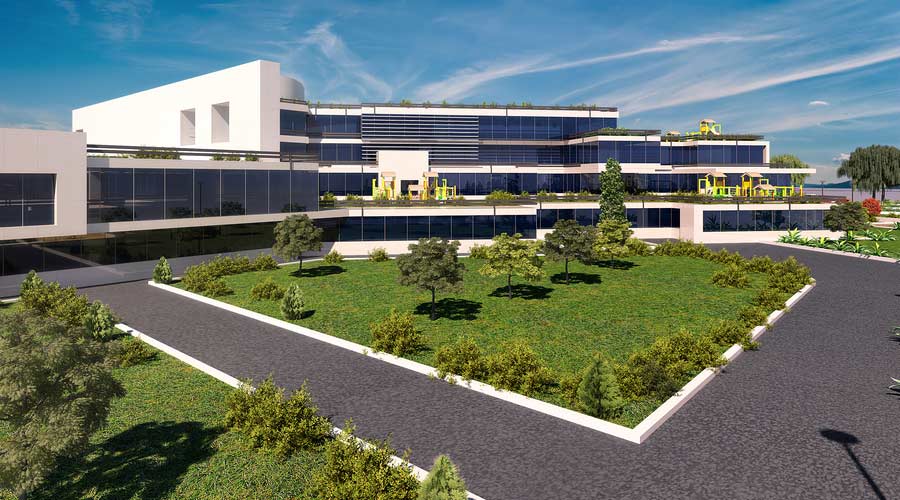Healthcare facilities managers are under growing pressure to improve the environmental friendliness of their facilities and operations. Specific information on applicable technologies and projects can be difficult to locate, so the Better Buildings program — an initiative of the U.S. Department of Energy — offers a range of resources and guidance designed to help managers achieve their organizations’ sustainability goals.
Healthcare facilities use nearly 10 percent of the energy consumed by the commercial sector despite representing less than 5 percent of commercial floorspace, and the industry continues to grow. Healthcare sector partners of the Better Buildings program represent 495 million square feet of space, collectively saving $310 million since 2011. These healthcare organizations are developing strategic cost-reduction programs to improve the environment of care for patients, employees, and their communities.
Among the featured solutions the program offers:
- Healthcare Realty partnered with a renewable energy advisor to establish its solar program and make progress towards its energy and greenhouse gas emissions reduction goals.
- The Erie VA Medical Center replaced water-cooled condensing units with air-cooled units, achieving monthly water savings of more than 55 percent and over 8,000,000 gallons over the first year of operation
- The University of Utah Health completed a retro-commissioning project and installed a building energy management information system to find 38 percent annual savings.
Better Buildings also offers the Low Carbon Technology Strategies Toolkit, which is designed to support owners and operators of existing buildings in planning retrofit and operational strategies to achieve deep carbon reductions. Low-carbon technology strategies are available for 10 building types. Recommendations are grouped by technology, with actions categorized as simple, intermediate, or advanced.

 UF Health Hospitals Rely on Green Globes to Realize Their Full Potential
UF Health Hospitals Rely on Green Globes to Realize Their Full Potential How Healthcare Facilities Can Be Truly Disaster-Resilient
How Healthcare Facilities Can Be Truly Disaster-Resilient TriasMD Breaks Ground on DISC Surgery Center for San Fernando Valley
TriasMD Breaks Ground on DISC Surgery Center for San Fernando Valley Bigfork Valley Hospital Falls Victim to Data Breach
Bigfork Valley Hospital Falls Victim to Data Breach AI-Driven Facilities: Strategic Planning and Cost Management
AI-Driven Facilities: Strategic Planning and Cost Management